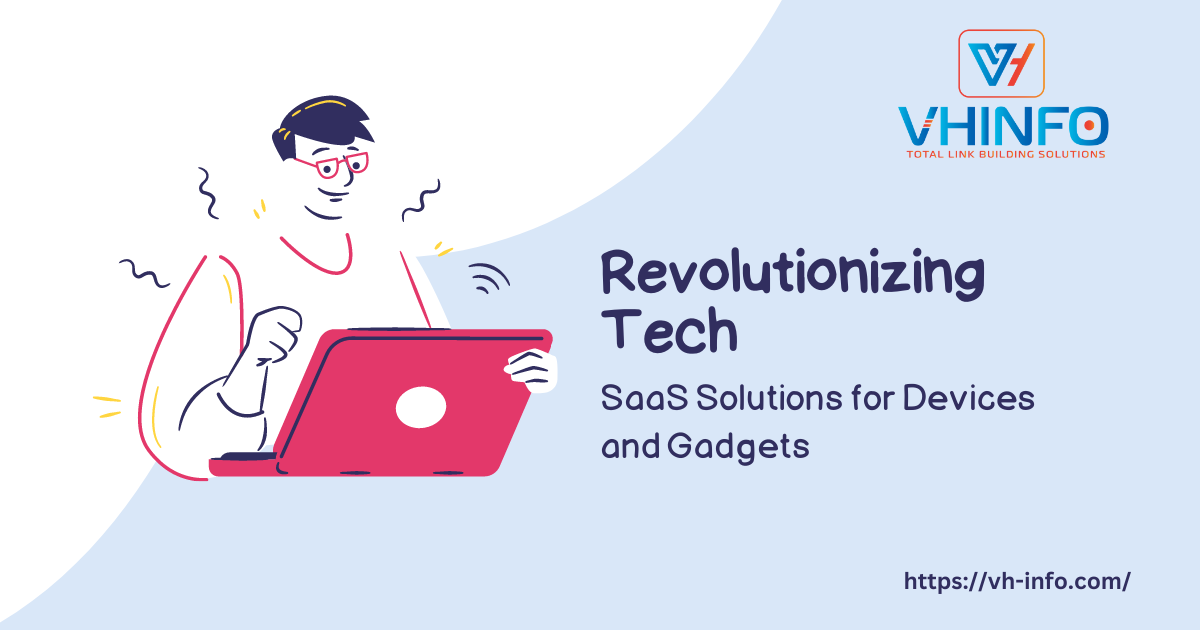
Revolutionizing Tech: SaaS Solutions for Devices and Gadgets
Device and gadget technology has enhanced very fast. Ideas are created on a daily basis and implemented, changing the way

Revolutionizing Tech: SaaS Solutions for Devices and Gadgets
Device and gadget technology has enhanced very fast. Ideas are created on a daily basis and implemented, changing the way
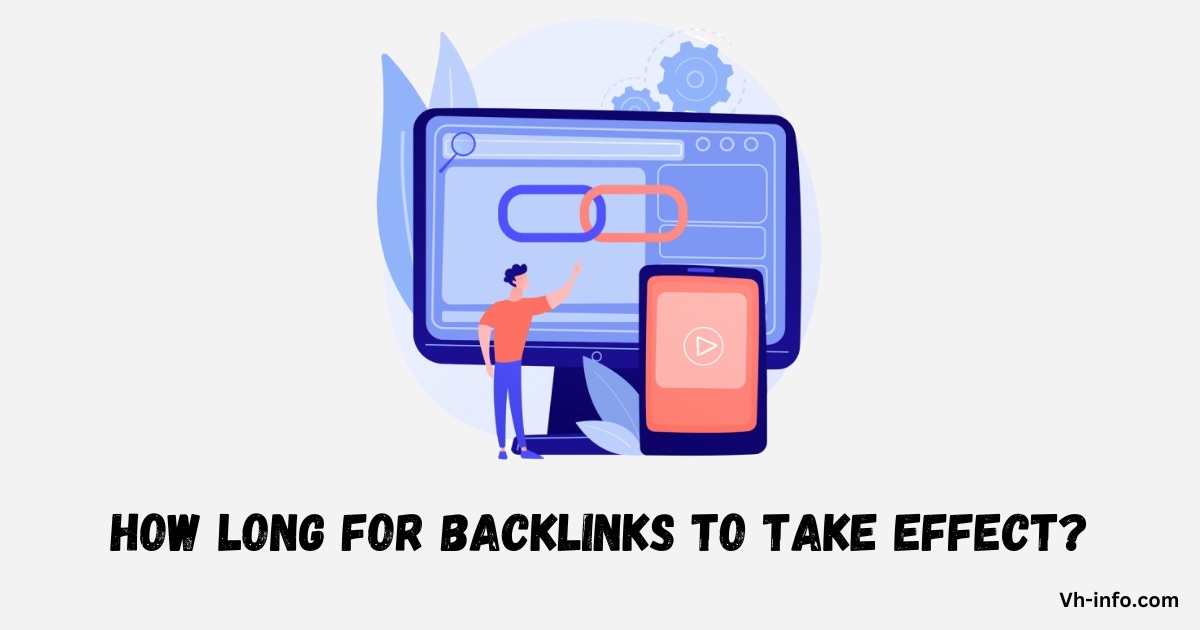
How Long for Backlinks to Take Effect: A Complete Guide
Backlinks are one of the most important factors in SEO, serving as a vote of confidence from one website to
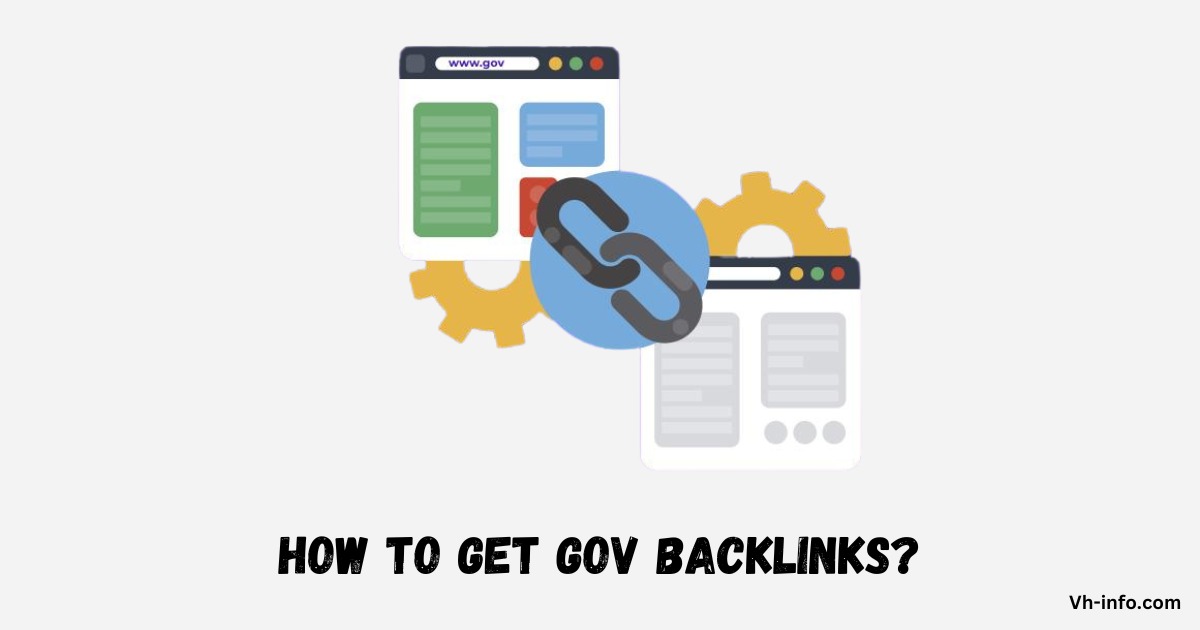
How to Get Gov Backlinks? A Step-By-Step Guide
Looking to boost your website’s SEO and gain an edge over competitors? One of the most effective link-building strategies is
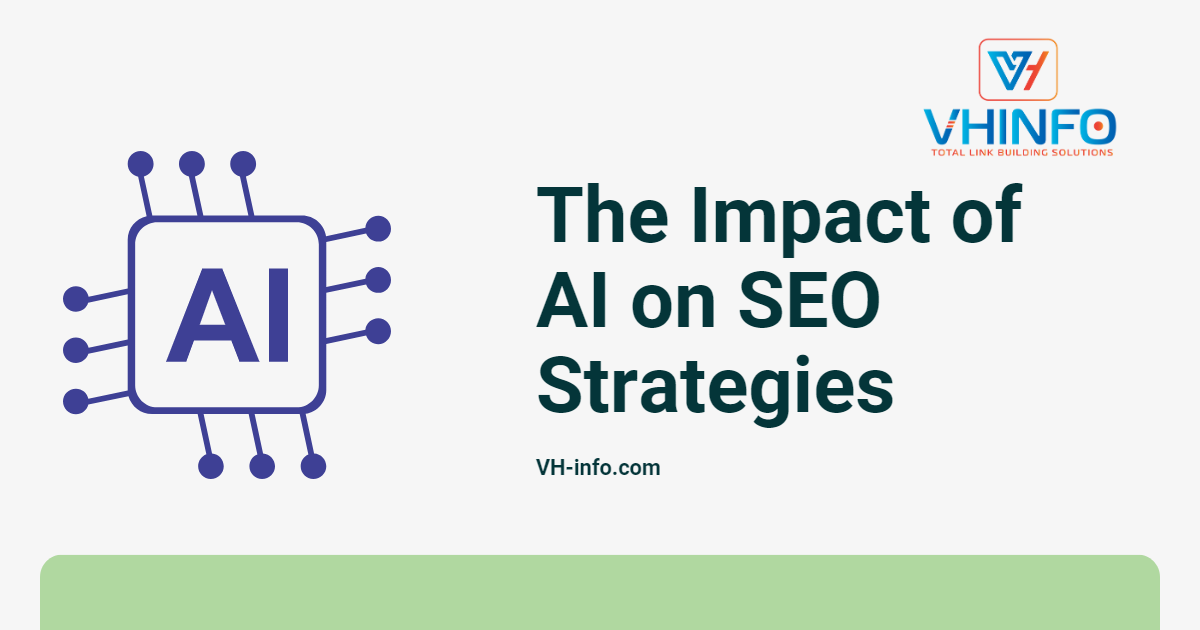
The Impact of AI on SEO Strategies
Artificial intelligence was bound to change for the better numerous industries significantly. Digital marketing is a very important area that

Hero Section: What is it, How to Design & Optimize, Tips & Examples
In the competitive landscape of SaaS, making a strong first impression is important. Your website’s hero section is the first
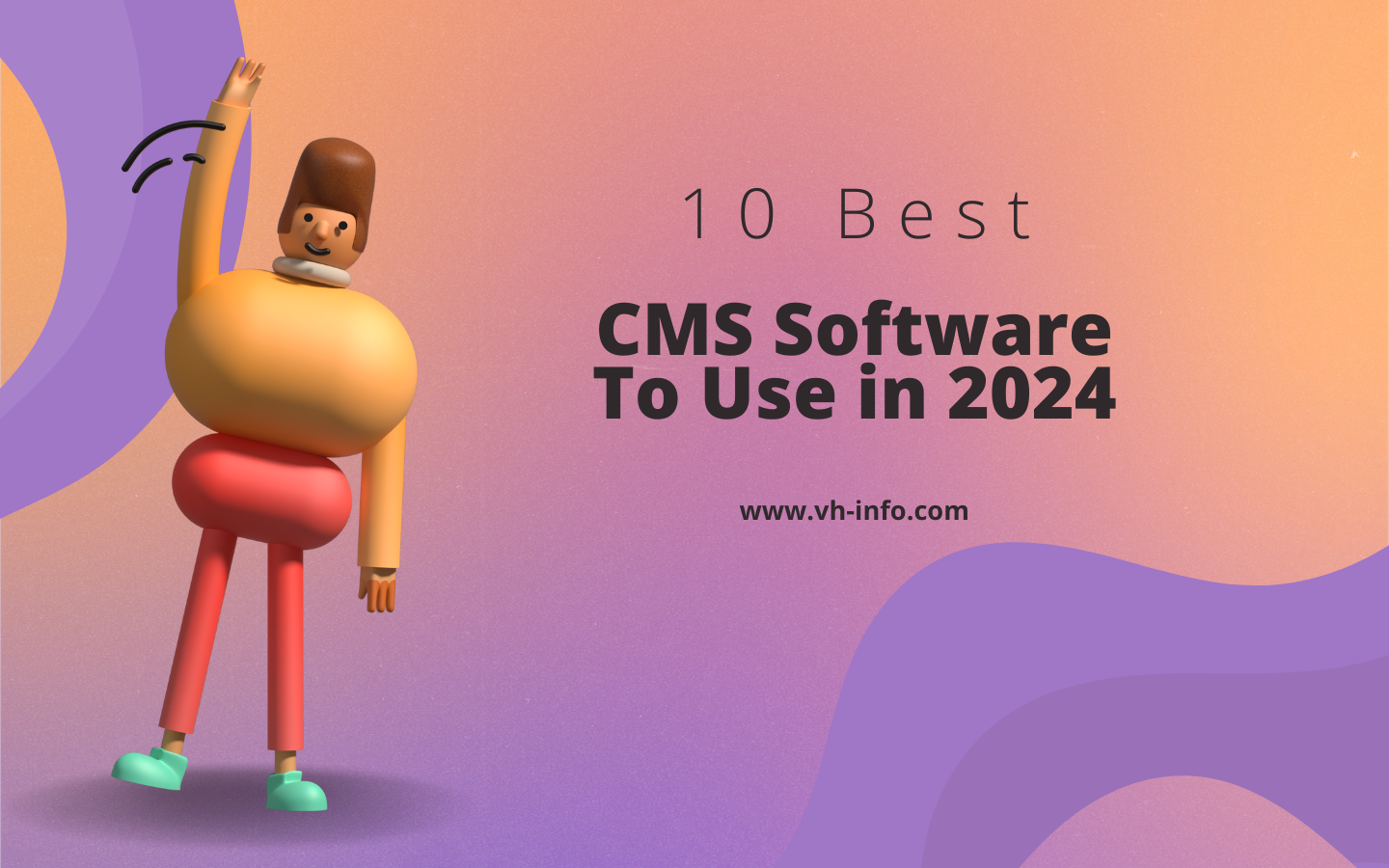
10 Best CMS Software to Use in 2024
1. WordPress [caption id=”attachment_12322″ align=”aligncenter” width=”1872″ WordPress – CMS Tool[/caption WordPress is a widely used open-source content management system (CMS)
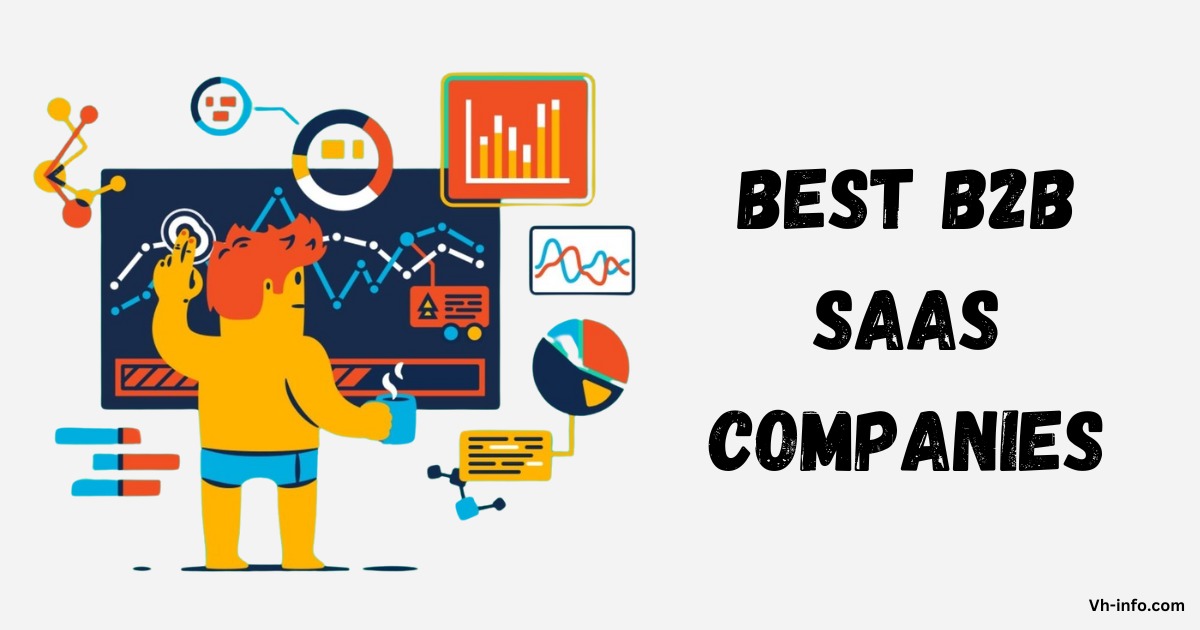
Top 20 Best B2B SaaS Companies
In the rapidly evolving world of software as a service (SaaS), business-to-business (B2B) SaaS companies have emerged as game-changers, revolutionizing

Micro Saas: What is it, Benefits & Ideas With Examples
In the rapidly evolving world of software as a service (SaaS), a new breed of nimble, focused SaaS startups is
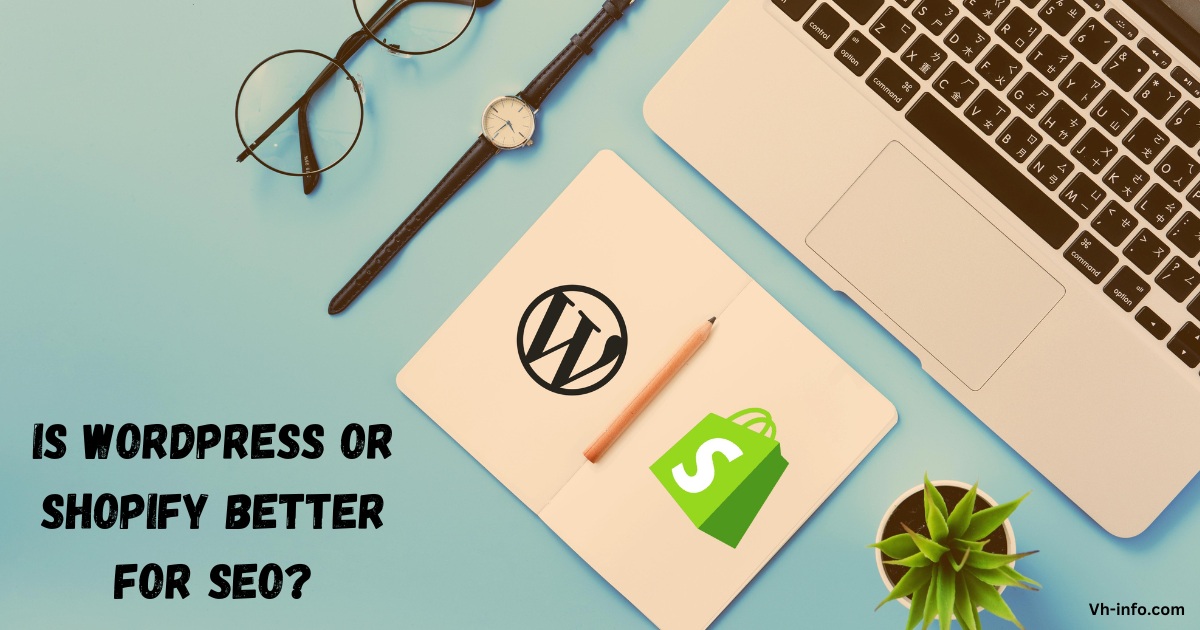
Is WordPress Or Shopify Better For SEO? Expert Analysis
When launching an online store, choosing the right e-commerce platform is important for SEO success. Shopify and WordPress are two
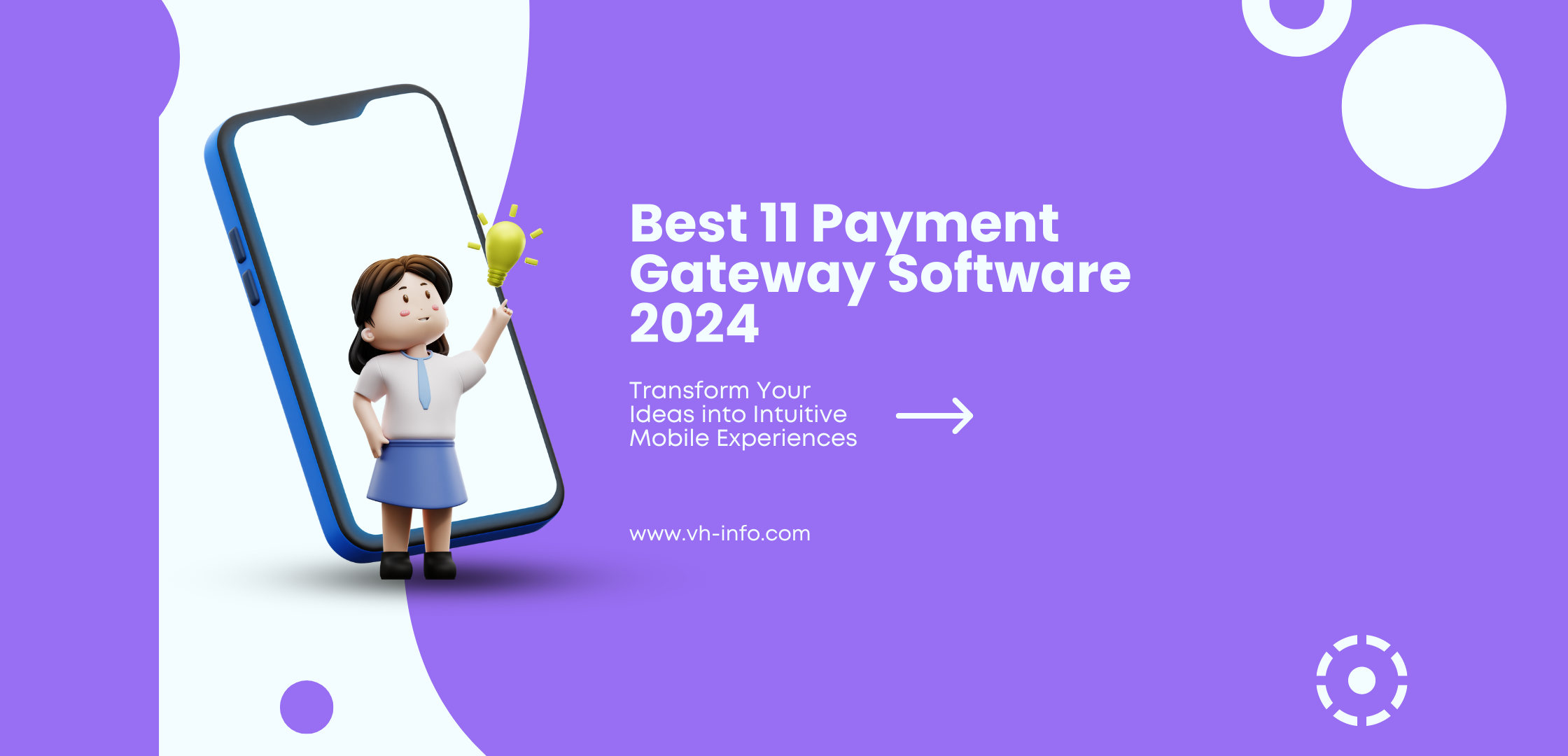
Best 11 Payment Gateway Software 2024
Payment gateways have become a crucial component for businesses to accept online payments seamlessly and securely. This guide will explore
WHAT WE
3rd floor, VHinfo, QRXG+CG9 Capital Market, Canal Rd, chokdi, Ravapar, Morbi, Gujarat 363641
VH-info © 2025 | All Rights Reserved